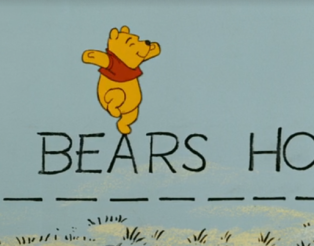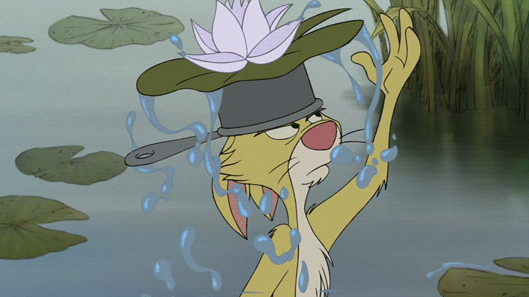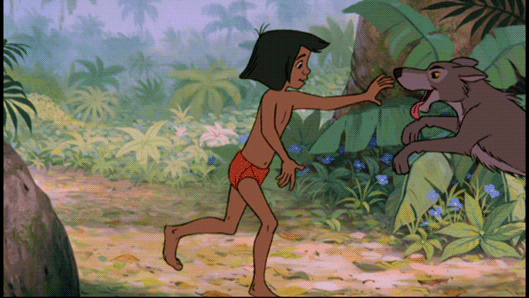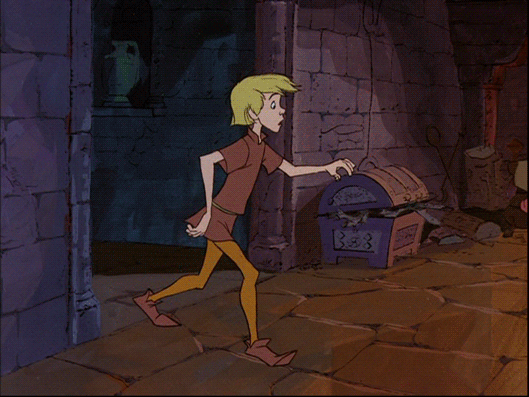The Great Mouse Detective is very obviously a Disney take on Sherlock Holmes. It starts off with a toymaker (Mr. Flaversham) being kidnapped in front of his daughter (Olivia) who then enlists the help of Basil of Baker Street in finding him along with Dr. Dawson. Basil is, of course, based on Basil Rathbone who is best known for playing Sherlock Holmes.
Basil is initially reluctant to help Olivia find her father until he realizes he was abducted by his arch rival Professor Ratigan. Not entirely sure what Ratigan is a professor of, mind you. Maybe he too has a PhD in horribleness. Regardless of his academic accomplishments, he intends to force Mr. Flaversham to use 1897 toy-making technology to create a anamatronic queen. It predictably isn’t going well, having all the life-like qualities of a Chuck e Cheese anamatronic. So Ratigan sends his peg-legged bat assistant to go get some new parts as well as other supplies at a toy-store.
But Basil, Olivia, and Dawson are on his trail. They enter the toy store and although Basil tells Olivia not to say a word, she makes plenty of noise and goes hyper ADD, getting herself kidnapped. Although, to be fair, she didn’t say a single line in that scene, so at least she’s got that going for her.
Basil and Dawson find the list of parts peg-bat was supposed to collect and use it to discover where Ratigan must be. They head to a seedy pub to investigate where there’s a rather suggestive burlesque show and Dawson gets drunk. This song and dance number almost upped the rating for the movie but Disney argued it was mice instead of people, so it’s totally cool. But, as I discovered when trying to look up character names, Rule 34 obviously disagrees. (The name is Ms. Kitty Mouse in case you cared.)
However, Ratigan was one step ahead and knew Basil would show up and sets a trap for him. He and Dawson are captured. Mr. Flaversham finishes the robot. Ratigan heads off to overthrow the queen and leaves Basil and Dawson in a Rube Goldberg death trap. Basil and Dawson escape and manage to escape and rush off to save crown and kingdom.
Meanwhile, the audience apparently completely fooled by the robot queen who announces Ratigan as her new consort. He bursts onto the stage looking super fabulous.

As a note, the trim (white with black spots) is ermine fur wherein ermine are a species of weasels which, in winter grow white fur with black tail tips. Not sure if the character design artists knew this or were just copying designs they saw historically, but this implies ultra-tiny weasels somewhere in this film’s universe. I find that funny for some reason.
Basil shows up behind the scenes, saves the real queen and outs Ratigan (no double entendre) as a fraud and the final chase/fight is on. Ratigan escapes on his blimp thing and the heroes manage to find some balloons to give chase. They end up crashing into the Big Ben clock tower where we get one of the first uses of CG in animating all the gears. There’s a serious “No Capes!” moment but Ratigan breaks free and a continued scuffle leads to him falling to his doom. At this point that hasn’t happened to too many villains (the only other one being the Wicked Queen in Snow White), but will be a trend soon.

Overall, this movie definitely is getting away from the series of unrelated misadventures Disney has done for so long, with a consistent plot line and a minimization of extraneous gag scenes.








